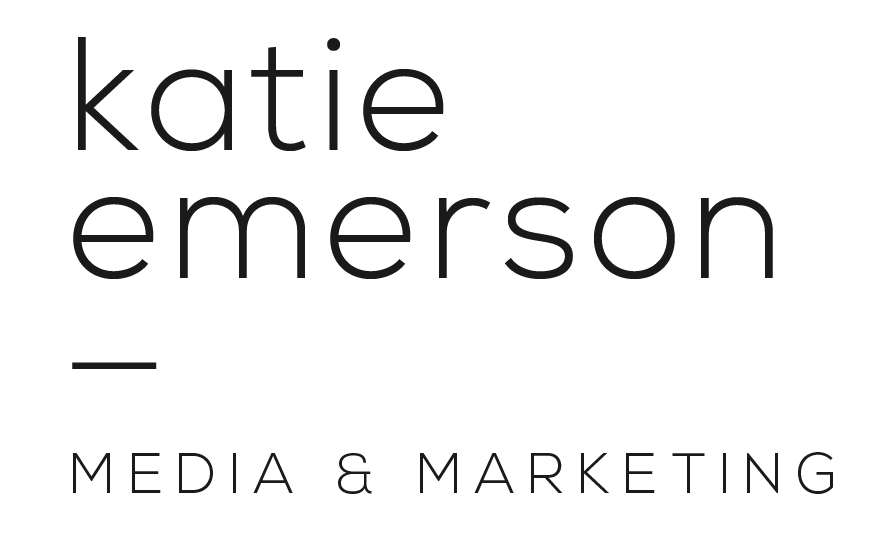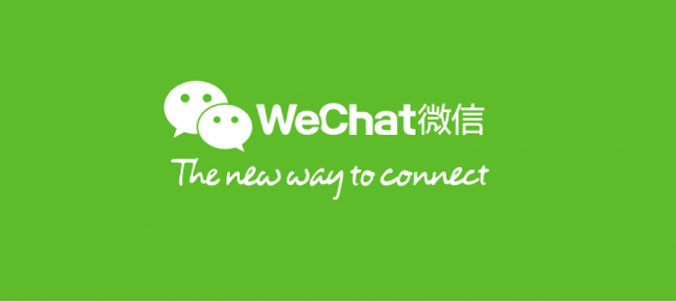Orkut: Social Media and Cultural Needs
Unless you are living in Brazil, you may have not heard of the market leader, social media platform Orkut. Another thing you may not know is that was operated by the one and only, powerhouse, Google!

A brief back story on the platform: Orkut launched in 2004 and was an invite-only social media platform. Like many platforms, its main objective was to connect users with a community type feel that was popular among students and workers within technology. Peaking in 2012 with 20 million users, the platform was highly successful for many years until its closure in 2014.
The Success
In one word: culture. Orkut thrived during its time as Brazil was emerging as one of the top online retail markets. The culture was keen on technology and consumers’ motivation to adapt to improvements in technology was high. Not to mention outdoor advertisements being banned in the country, where or where will consumers turn? Social media platforms of course! Now with all this in mind, in comes an invite-only (that exclusive feel and all) social media platform from the highly praised Google. It was the perfect mix of what the culture at the time was instead in and what social media platforms at the time had to offer.
The Failure
In one word, again: culture. Unfortunately, Orkut pulled a kind of Kodak moment and could not keep up with how the culture was adapting and the different needs that it brought. Instead of not producing digital cameras, Orkut’s downfall was not updating the platform to keep up with the different media types such as photos and videos, consumers were looking to share. Like all the Canons and Nikions in the social media world, there were quickly new platforms offered to consumers that meet their needs and Orkut lost its lead in the market.
The Takeaway
Three words this time: Understand the culture. Orkut is just one example within one culture, however, when a brand is using social platforms to market to various cultures, the must first understand the audience to know how to communicate their message appropriately, and second, ensure the product/service they are marketing is adequate for the needs of that culture.



